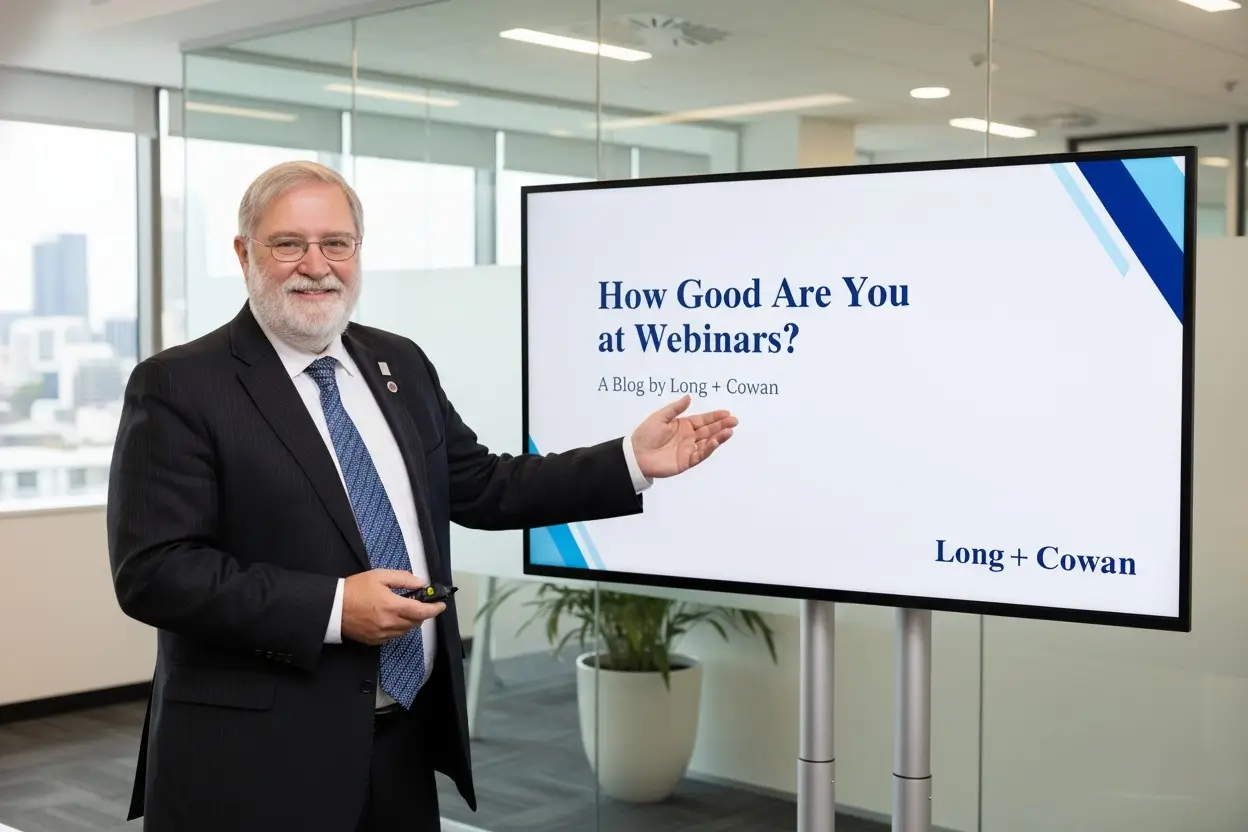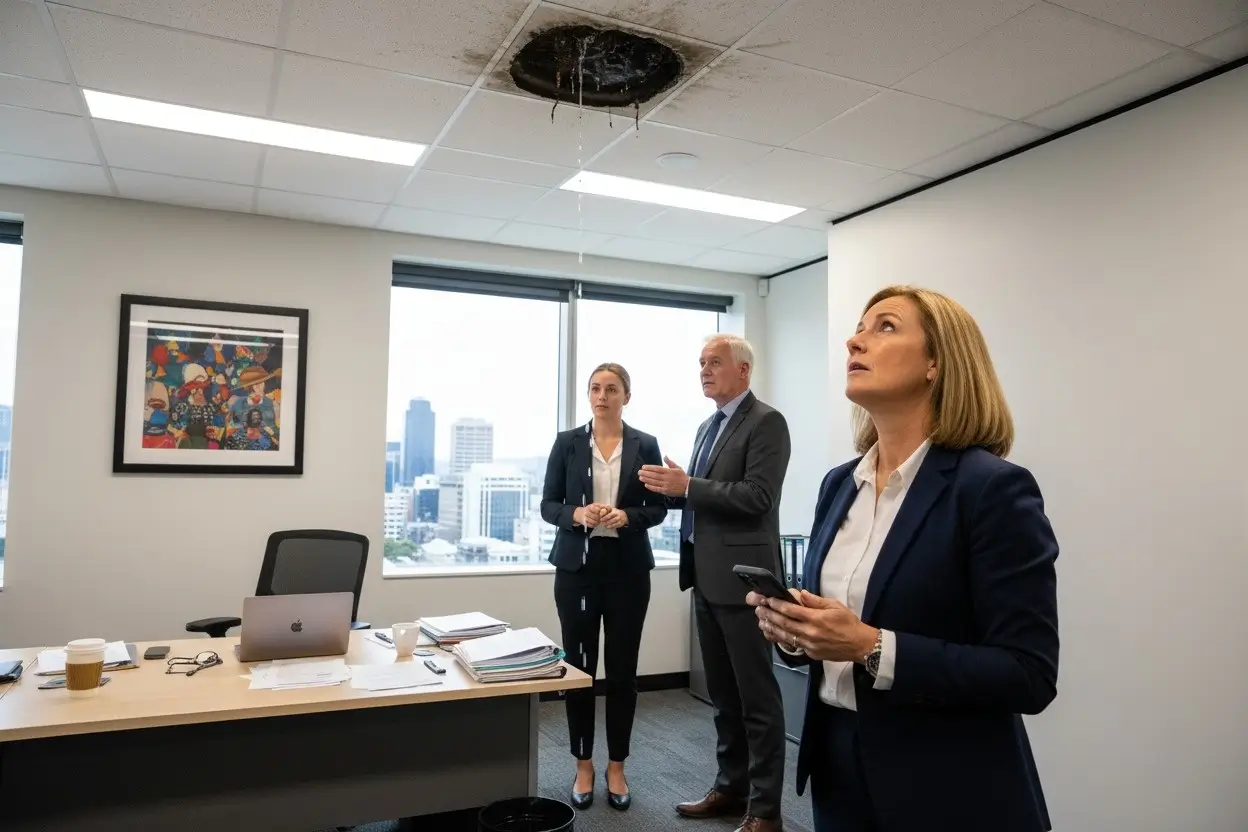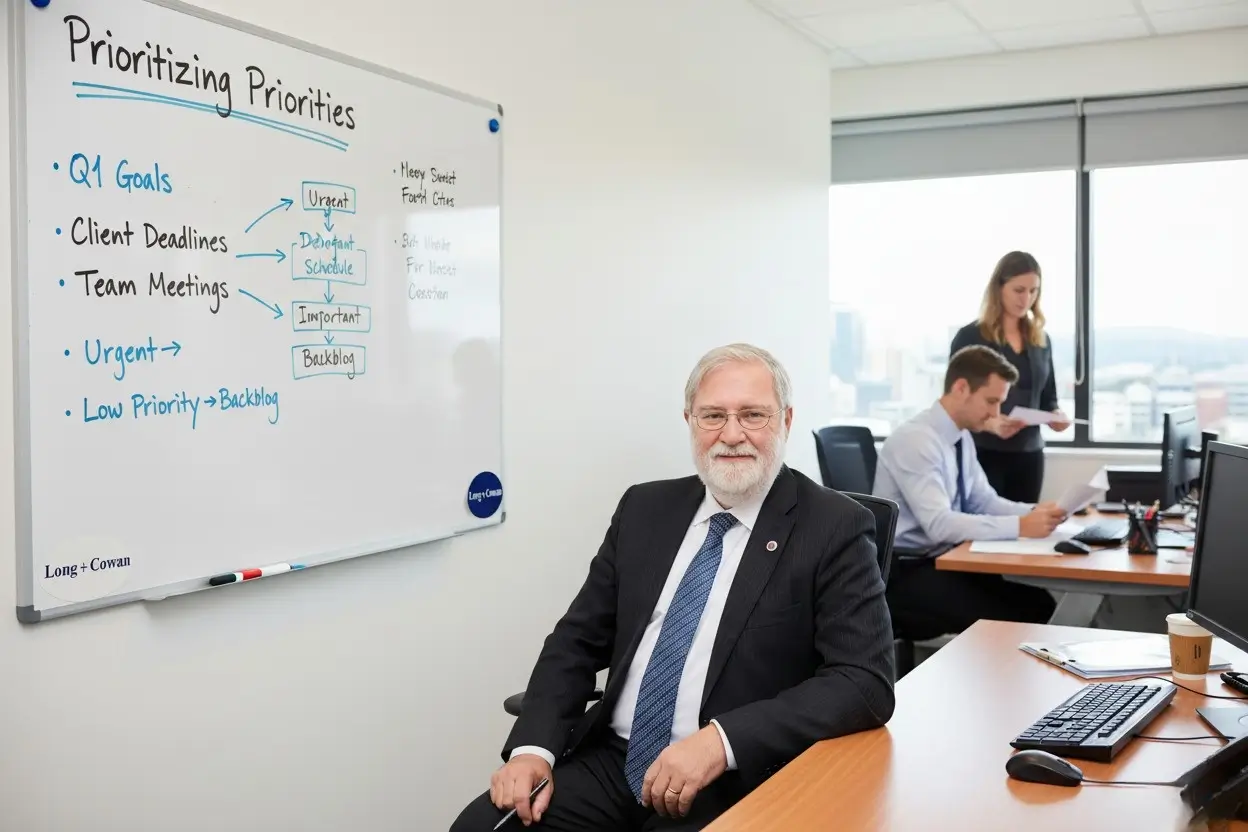Every successful business is built on trust and loyalty. Exceptional client satisfaction goes beyond delivering what was promised; it means creating moments that surprise and delight. At Long + Cowan, we believe that delighting clients is one of the most valuable investments a Wellington business can make. It builds reputation, strengthens retention, and drives referrals.
Even in industries far from luxury hospitality, thoughtful service makes your brand memorable. The best customer experiences are not about extravagance but about genuine care, attention, and responsiveness.
Creating Memorable Client Experiences
Outstanding service begins with attitude, not budget. You may not be running a five-star hotel, but you can create a five-star impression. Think about how your business interacts with clients at every touchpoint—from the first phone call to follow-up after delivery.
Simple actions make a difference:
• Answer the phone with warmth and energy.
• Offer visitors a tea, coffee, or juice when they arrive.
• Listen carefully and respond promptly to every enquiry.
• Treat each client as an individual, not a transaction.
Your team’s mindset matters most. When everyone understands that service excellence is part of their role, consistency and enthusiasm follow naturally.
Learning from World-Class Service Examples
The hospitality industry provides powerful lessons in delighting customers. The Ritz-Carlton, for example, empowers employees to spend up to US$2,000 a day to resolve any guest issue without management approval. That trust encourages initiative and results in extraordinary stories of service.
A laundry manager once flew across countries to personally return a guest’s dress. Another employee in Dubai built a temporary walkway to the beach so a wheelchair-bound guest could enjoy dinner by the water.
While most Wellington businesses will not match this level of spending, the principle still applies: empower your team to solve problems creatively and make every client feel valued.
Setting Your Business Apart
Excellence in service is not a luxury; it is a strategy. When you consistently meet needs quickly and courteously, you stand out in any market. Think about what distinguishes your business from competitors.
Ask yourself:
• What small touches would surprise your clients?
• What can you do better than anyone else in your industry?
• How can you make your service more personal, efficient, or enjoyable?
Building a reputation for exceptional service attracts loyal customers and positive word-of-mouth. In Wellington’s connected business community, that reputation becomes your most powerful marketing asset.
Connecting Financial Insight with Customer Experience
Strong service depends on financial health. Regularly monitoring your Profit and Loss (P&L) statement gives you the clarity to sustain and improve your client offering. Many businesses only check their P&L once a year, but reviewing it monthly or quarterly provides real insight into performance.
Your P&L shows income and expenses for a given period. It highlights trends, reveals cost pressures, and confirms profitability. Understanding this data helps you make smarter decisions about reinvestment, staffing, and marketing. Financial awareness supports consistent quality of service.
Questions to Ask When Reviewing Your P&L
Analysing your P&L is not only about numbers; it is about understanding your business story. Consider the following:
• This year versus last year: How do your results compare? Are you improving or losing ground?
• Margins: After expenses, what profit remains? Can you create a buffer for unexpected costs or plan better for tax?
• Trends: Do income or expenses rise and fall predictably? What causes those patterns?
• Outliers: Are there unusual spikes in costs or income? Do these point to risk or opportunity?
By asking these questions regularly, you can identify problems before they grow and spot new opportunities for efficiency or expansion.
Using the P&L as a Risk Management Tool
Your P&L is more than an accounting requirement; it is a strategic tool. Monitoring it closely helps manage risk, especially when introducing new marketing campaigns or product lines. Comparing actual performance with expectations tells you quickly whether strategies are working.
Regular reviews also reveal early signs of trouble—declining margins, rising overheads, or delayed revenue collection. Acting on these insights protects profitability and supports long-term stability.
Linking Service Quality and Profitability
Customer delight and profit are directly connected. Satisfied clients buy more, return often, and refer others. Regular P&L analysis ensures you have the resources to maintain quality without financial strain. Balancing excellent service with cost control leads to sustainable growth.
At Long + Cowan, we help Wellington businesses interpret their P&L statements to extract actionable insights. Understanding the story behind the figures transforms data into strategy.
Practical Steps to Implement Today
If you want to improve client satisfaction and financial control simultaneously:
• Schedule a monthly P&L review and discuss results with your team.
• Empower staff to solve small client issues without waiting for approval.
• Encourage feedback from customers and use it to refine service.
• Invest profits wisely in staff training, technology, and process improvement.
These actions reinforce a culture of accountability and service excellence that drives performance from both sides—client experience and profitability.
Applying the Principles Across Wellington Businesses
Across Wellington Central and surrounding suburbs, local firms compete not only on price but on quality of service. Applying client satisfaction principles gives you an edge that advertising alone cannot achieve.
When customers feel valued and trust your professionalism, they stay longer and spend more. Combine that loyalty with accurate financial management, and you build a business that grows naturally from strength to strength.
Partnering for Growth and Client Success
At Long + Cowan, we believe financial insight and customer service are two sides of the same coin. We help Wellington businesses strengthen both—through practical accounting support and strategies that keep clients at the heart of operations.
For expert guidance on improving financial reporting and service quality, contact us for more info by filling in an enquiry form or e-mailing or calling us during office hours. Exceptional service starts with understanding both people and numbers.
















































